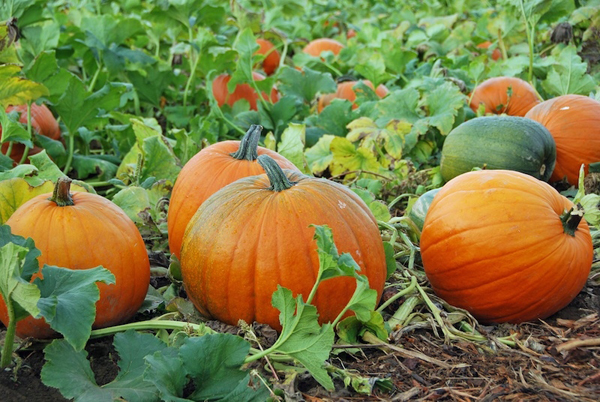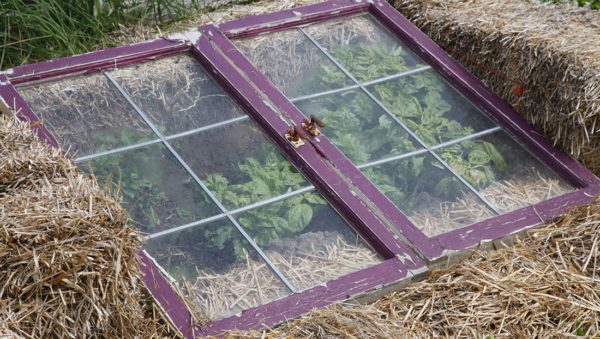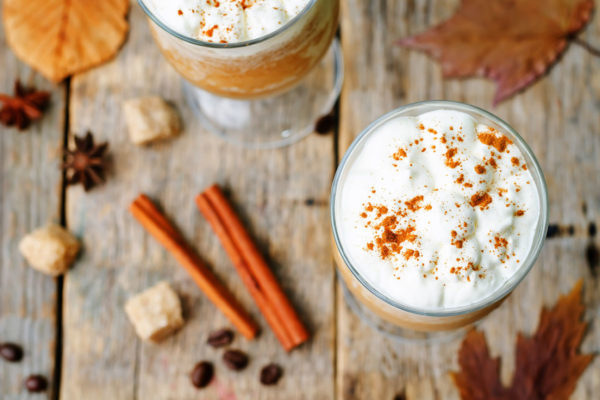
It’s that time of the year again when I do not want to give up gardening. For me, there is a peace about it—an organization, a calmness and a production that often lacks in the chaos of a hectic life. The first frost is overdue as I write this so I know the growing season is indeed closing. However, I still have leafy greens that could produce. So, this year I decided that it is time to get a cold frame together. A cold frame protects plants from the environment. It allows the sunlight in and has the ability to be vented.
I searched on Google for cold frames and was greatly surprised at the diverse search results: YouTube videos, .edu pdf files, the almanac and rodales.com yielded the top results. Certainly, a plethora of resources and ideas are easily available online. There is a resource from UT Extension called Hobby Greenhouses in TN, Pub PB1068. There are diagrams and directions for small greenhouses, hoop houses and cold frames. Greenhouses have controlled environment with a working HVAC system. Hoop houses depend on the sun for heat and vents to cool. They are usually tall enough to stand in.
Cold frames are even simpler. They are low to the ground and need to be vented. Many gardeners will get an early start on spring or extend the fall growing by the use of a cold frame. They are cheaper to build and maintain, yet a good quality plant can be grown with little difficulty within its confines. If you are only interested in growing annual flowers and vegetable plants, you could use a cold frame. They are ideal for starting seedlings in the spring, too.

Cold frame, photo courtesy Joshua McCullough
In my opinion, the easiest cold frame to make is one made of straw. Buy enough bales that can give you a square or a rectangular shape. If you are like me, the size of your cover on top will determine the size of your cold frame. The cover must be movable, so it can vent and not cook the growing plants on a warm day. You can upcycle an old window to be used as a cover. I bought an old window sash with 8 window panes. My thinking was that if the glass breaks, it’s cheaper and easier to replace the smaller panes.
The bales are the sides of the cold frame. Three hay walls are 18 inches high. I used a hand saw to cut the remaining straw bale in half horizontally. This created the smallest hay wall at the height of nine inches. My thinking was in these warmer autumn days, the open nine-inch space was definitely a vent. As the days get colder, I’ll stuff the other part of the bale above the existing nine-inch wall and completely enclose the growing space within the bales. I will continue to monitor the sun/shadow within the cold frame. All sides may need to be reduced in height so there is more direct sunlight on the plants.
Ideally, plants that are less than nine inches in height will grow best. They should be cool-season crops that do not have blooms that need to be fertilized by insects to produce edibles. Root crops, lettuce, collards, turnip greens and spinach come immediately to my mind. As I am thinking about root crops, I am looking at a seldom-used children’s sand box. Hmmmm. Sand with some soil would make an ideal “box” for root vegetables. Since the box already has posts to support a wooden roof, I am thinking that using some scrap wood along the sides would give the height needed. I need another cover and more hay bales for insulation that I would probably put on the outside of the wood.
The business side of me is adding up the cost of windows and the straw bales. I know that the costs of building the cold frame will exceed the cost of buying the food grown within. Yet, I find it deliciously satisfying to pick fresh vegetables. It will be enviable when I pull vegetables in January from my cold frames.
Using the Halloween Pumpkin
I love pumpkin. And, judging from the pumpkin flavored drinks on the market, I am not the only one. Pumpkin is a very usable fruit. One of the highlights of our young family was breaking the Halloween pumpkin open after the holiday and pulling out the seeds. They sit amid all the interior strings but are easy enough to separate. After being separated, the strings go to the compost. You put the seeds in a colander and wash thoroughly. Lay them out on a baking sheet, sprinkle with salt and dry them in a low oven for several hours. There are your delicious pumpkin seeds.
The meat of the pumpkin can either be boiled or baked. You do not need to remove the skin if your pumpkin is unpainted. If it is painted, please get the paint off before making food out of the inside of it.

Within the Penny Hoarder, I found a recipe for Pumpkin Spice Latte that was shared with the publication by a woman who could not find the drink in the town where she was staying. There is that old adage, “necessity is the mother of invention.” With that said, here is Betsy Officer’s shared recipe as printed.
She shared two variations of the recipe with us: a latte made with espresso, and a café au lait made with standard drip-brewed coffee.
Ingredients:
¾ cup milk, ideally 2%, for the latte (if you’re making cafe au lait, ½ cup milk will give you a 2:1 coffee/milk ratio)
1 espresso shot for the latte (or 1 cup drip coffee)
¼ teaspoon pumpkin pie spice mixture (or mix your own cinnamon, ginger and nutmeg blend)
1 teaspoon maple syrup
1 teaspoon pumpkin puree
1 teaspoon vanilla extract
Optional: cinnamon sticks and/or maple pumpkin butter as garnish
Measure and pour milk into saucepan on your stove. Add in pumpkin pie spice, maple syrup, pumpkin puree and vanilla extract. Stir well. Heat the mixture on medium/hot heat, stirring occasionally.
Meanwhile, brew coffee or espresso. For cafe au lait, Officer recommends using a pumpkin spice blend such as Dunkin Donuts or Trader Joe’s Pumpkin Spice coffee.
Remove milk from stovetop once it’s hot (Officer waits until it’s just about to boil) and use a milk frother to froth it. The mixture should double in size and create a nice foam. If you don’t have a frother, you can find one online for less than $20 or simply use your blender. Once milk is frothed, combine in a mug with espresso or coffee. Garnish with pumpkin pie spice. If you’d like, add a cinnamon stick or drizzle with a bit of maple pumpkin butter.”
A Question for Balance
I live in a state whose major industries are “of the earth.” I live in a state where many hunt or fish. I live in a state that has so many shades of green that it is an artist’s palette. One of its native sons is leading an analysis of proof of climate change. There are people here who appreciate the outdoors and all it offers. They value the give and take of a natural system in balance.
How is it that the shortsightedness of the immediate dollar for profit is more important than maintaining a beautiful, balanced world? Several times a day, I read the headlines or a few paragraphs dealing with dire situations that were created by human action. It’s sad. It’s depressing; sometimes, it’s overwhelming. I did not create the situation, nor do I profit from it. Yet as a member of the human race, I share responsibility for the situation. We all do. We could vote for people who share a concern for an earth in balance. We could be sure that our representatives understand the projection of a future that offers our children and grandchildren activities and beauty that all can enjoy. Are our lives and interests and those of our children and grandchildren less important than material profit? Is there any chance of preserving the possibility of growing nutritious food, minimizing the chemicals used on food production, maintaining the ability to fish and hunt? How about just a gentle walk in the woods, enjoying the natural cycle of the “wild things?” Can there be an effort? Does the effort matter? Is any decision maker really listening?













